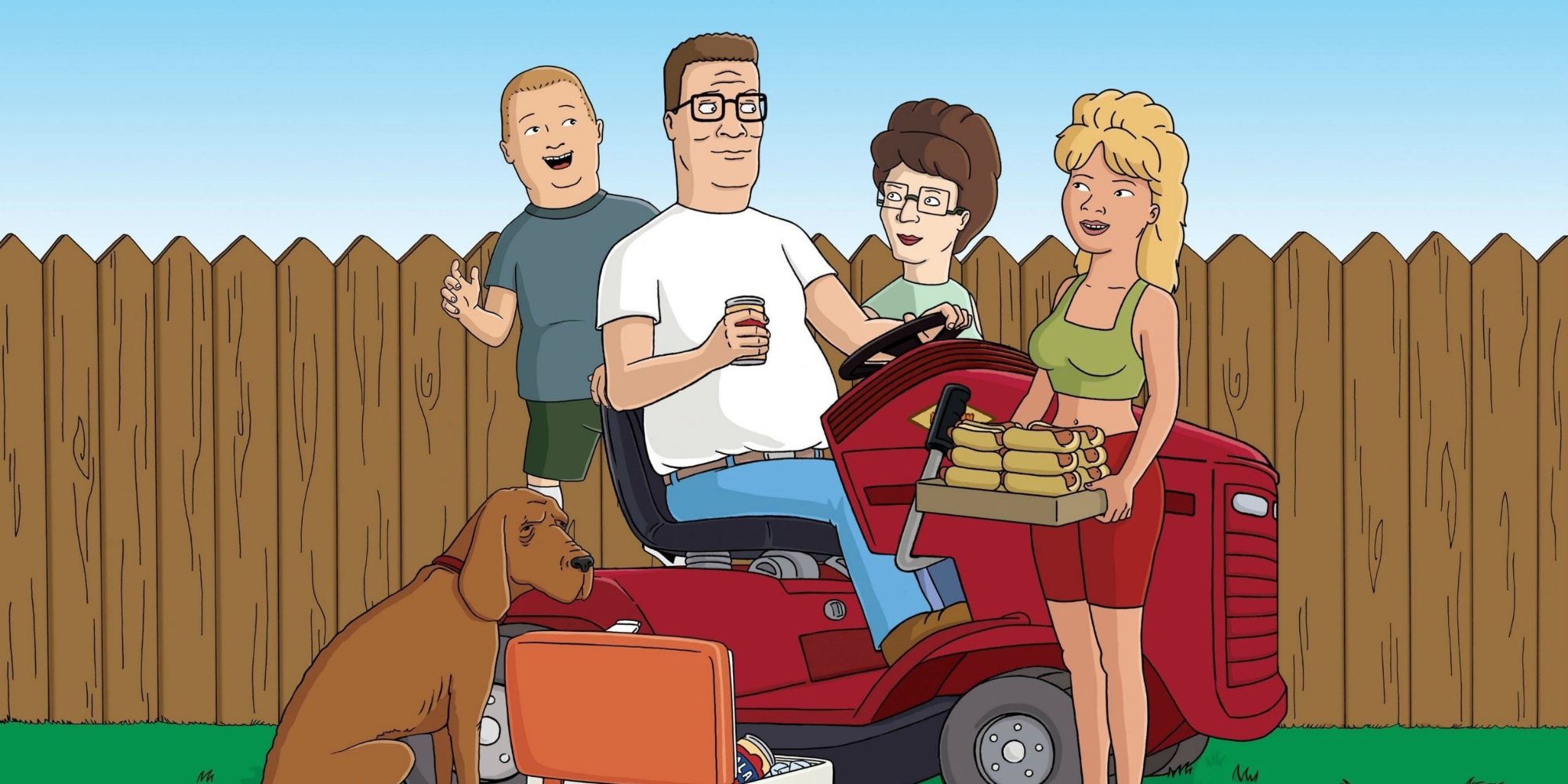
We can also look to the experiences of other countries, who have found that increased judicial diversity positively affects case outcomes for minority litigants. As such, it’s only natural their background and personal experience plays a part in the courtroom. After all, prime ministers are democratically elected and justices are not simply legal “robots” – they are people too. These findings are not necessarily evidence of a malfunctioning justice system.


We find that where the federal government is a party in High Court cases, justices are slightly more likely to rule in favour of the government who appointed them than subsequent governments. In some ways, this is a more serious question because it concerns judicial independence from government interference. In a follow-up study, we also looked at whether justices vote in ways that demonstrate loyalty to the prime minister who appoints them. This includes being pro-civil liberties, Indigenous rights, freedom-of-information and the environment.

In a recent study on the High Court, colleagues and I found a highly conservative High Court justice (such as Dyson Heydon) was around 30 percentage points less likely than a left-wing justice (such as Michael Kirby) to make an ideologically liberal decision. However, we do know Australia’s highly politicised selection process – it is decided by the prime minister and attorney-general – results in consistently ideological judicial decision-making. Would it really make a difference? Given the lack of diversity on the Australian benches, it is difficult to answer this question directly. Australia must reform the way it appoints judges In response to criticism about gender diversity in senior judicial positions, a spokesperson for Attorney-General Michaelia Cash has previously pointed to the Coalition appointing Jacqueline Gleeson to the High Court and Jennifer Howe to Melbourne’s Federal Circuit Court in 2021. In 120 years, no judge of colour has ever been appointed to the High Court of Australia the demography of the bench will never perfectly match the nation, but people should be able to see themselves in the faces of those chosen to dispense justice. In a recent article for the Australian Financial Review, Labor MP Andrew Leigh (who is not the party’s shadow attorney-general) hinted Labor was thinking about how to improve the representation of women and other minorities on the bench. There are signs a prospective Labor government would at least consider this. With the mandatory retirement of Chief Justice Susan Kiefel and Justice Patrick Keane due in the next parliamentary term, there is a significant opportunity to make the seven-member High Court more diverse. For any Indigenous person or person of colour who finds themselves charged with and convicted of a crime, it is almost certain their sentencing will be decided upon by a white judge. This is reflected elsewhere in the judicial system, where the vast majority of senior judges are male and virtually all are from British and European ancestry. Ketanji Brown Jackson sworn in as Supreme Court justice: 4 essential readsĮvery Justice of the High Court of Australia since Federation in 1901 has been white, and all but six have been men. We don’t have much diversity in the judiciary, either. In Australia, we rarely have debates of this sort. Despite Brown Jackson’s impressive background – she has been a judge of the US Court of Appeals – her appointment has been fraught with divisive racial politics and toxic partisan commentary.


 0 kommentar(er)
0 kommentar(er)
